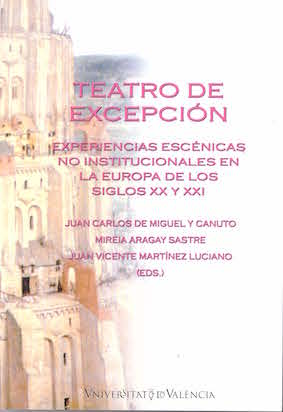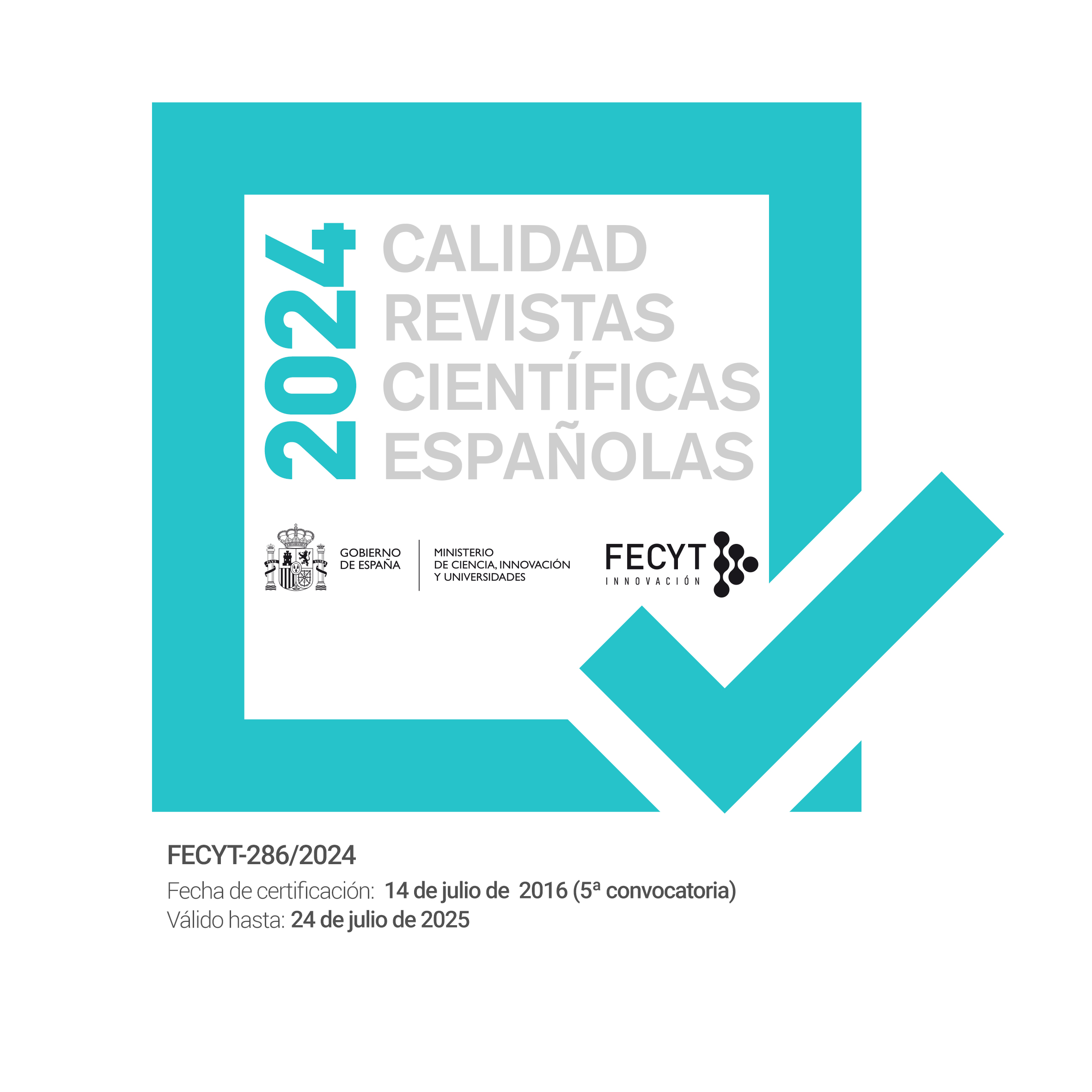Prison scenes
DOI:
https://doi.org/10.7203/qf-elit.v19i0.5197 Abstract
Abstract
The locked space of prison is often present in modern and contemporary drama, either as real condition or metaphor of the conflicts that rage inside it. As a matter of fact, Jean Genet can be considered a real bard of prison, first of all for its play Haute surveillance (1949). However, in a theatre that alters and plays with everyone’s features, the equivalence between scene and prison in the sense of new metaphorical and non-literal aspect can be found elsewhere in modern and contemporary drama. From Strindberg’s Dance of Death (1900) to Sartre’s Huis clos (1944) from Albee’s Who’s afraid of Virginia Woolf?(1962), the protagonists keep on tormenting each other. Even in Pirandello’s Tonight we improvise (1930). Armando Punzo, with his Compagnia della Fortezza, a prison in Volterra since 1988, becomes a true paladin of theatre in prison. He uses the great example of theatrical avant-gardes and neo avant-gardes, especially in the recent, latest mix between Hamlet (2001) and Alice in wonderland (2009), that is glowing Hamlice (2010). The metaphor stage/prison is fully realized in his Uno straordinario silenzio, from Krapp’s last tape by Beckett (1958), centred on a man divided in the various stages of his ego.
Keywords: Theatre & prison; Armando Punzzo; Luigi Pirandello; August Strindberg; Samuel Beckett.
 Downloads
Downloads
Downloads
Published
How to Cite
-
Abstract388
-
PDF (Español)141
Issue
Section
License
 Este obra está bajo una licencia de Creative Commons Reconocimiento-NoComercial-SinObraDerivada 4.0 Internacional.
Este obra está bajo una licencia de Creative Commons Reconocimiento-NoComercial-SinObraDerivada 4.0 Internacional.
Authors who publish with this journal agree to the following terms:
- Authors retain copyright and grant the journal right of first publication with the work simultaneously licensed under a Creative Commons Attribution License that allows others to share the work with an acknowledgement of the work's authorship and initial publication in this journal.
- Authors are able to enter into separate, additional contractual arrangements for the non-exclusive distribution of the journal's published version of the work (e.g., post it to an institutional repository or publish it in a book), with an acknowledgement of its initial publication in this journal.
- Authors are permitted and encouraged to post their work online (e.g., in institutional repositories or on their website) prior to and during the submission process, as it can lead to productive exchanges, as well as earlier and greater citation of published work (See The Effect of Open Access).




